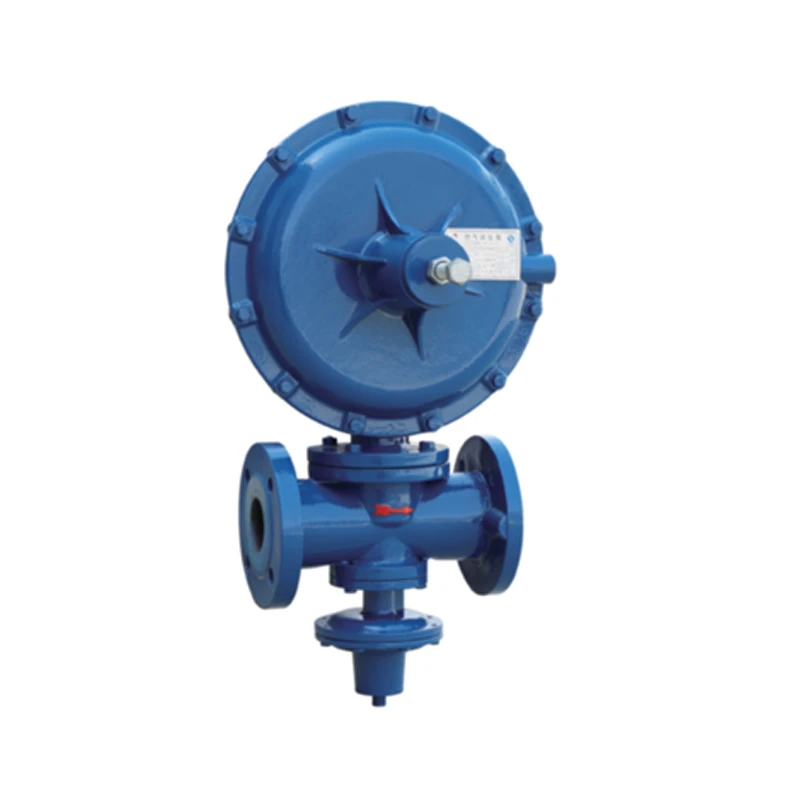
Nov . 12, 2024 10:03
Back to list
electric regulating valve
Understanding Electric Regulating Valves A Comprehensive Overview
Electric regulating valves play a vital role in various industrial applications, ensuring precise control over fluid flow, pressure, and temperature. As automation technology continues to evolve, the significance of these valves has grown, offering improved efficiency, accuracy, and safety in numerous systems.
Definition and Functionality
An electric regulating valve is an automated device used to regulate the flow and pressure of liquids and gases in a system. Unlike traditional valves that operate manually, electric regulating valves utilize an electric actuator to open or close the valve based on the process requirements. This allows for remote control and integration with sophisticated control systems, making them ideal for applications requiring real-time adjustments.
The core components of an electric regulating valve include the valve body, an electric actuator, and a positioner. The valve body is designed to manage the flow and can come in various configurations, such as globe, ball, or butterfly valves. The electric actuator is responsible for the motion, translating electrical signals into mechanical movement to open or close the valve. Positioners enhance the accuracy of the valve by providing feedback on its position, ensuring optimal performance.
Advantages of Electric Regulating Valves
1. Precision Control Electric regulating valves are designed for high accuracy and repeatability. Their ability to respond swiftly to control signals allows for precise manipulation of flow rates, which is critical in processes where conditions can change rapidly.
2. Energy Efficiency These valves can significantly enhance energy utilization in a system. By fine-tuning the flow and pressure, electric regulating valves help to minimize energy waste, leading to lower operational costs and improved sustainability.
3. Ease of Integration Electric valves can be easily integrated into existing control systems, such as Distributed Control Systems (DCS) or Programmable Logic Controllers (PLC). This compatibility allows for seamless upgrades of legacy systems without the need for extensive modifications.
electric regulating valve

4. Remote Operation The automation provided by electric actuators enables remote monitoring and control. Operators can manage processes from a distance, reducing the need for physical presence on-site and enhancing safety by minimizing exposure to hazardous environments.
5. Reduced Maintenance Compared to pneumatic or hydraulic valves, electric regulating valves typically require less maintenance. The absence of pneumatic hoses and hydraulic fluids translates to fewer leak points and reduced wear and tear, resulting in lower maintenance demands over the valve's lifecycle.
Applications
Electric regulating valves are widely used across several industries, including
- Oil and Gas In extraction and refining processes, precise flow control is essential for the efficient operation of equipment and safety compliance. - Chemical Processing These valves regulate the flow of corrosive and hazardous materials, helping maintain optimal reaction conditions while ensuring safety protocols are followed.
- Water Treatment Electric regulating valves manage the flow and pressure of water in treatment plants, enhancing purification processes and ensuring proper distribution.
- HVAC Systems In heating, ventilation, and air conditioning applications, these valves control the flow of air and water to maintain comfortable temperatures and improve energy efficiency.
Conclusion
Electric regulating valves are indispensable components of modern industrial systems. Their ability to provide accurate control over fluid dynamics is crucial for optimizing processes, enhancing safety, and improving overall efficiency. As industries continue to embrace automation and smart technologies, the demand for reliable electric regulating valves will only grow. Understanding their functioning and applications enables engineers and operators to make informed decisions, ensuring that their systems run smoothly and effectively. As technology advances, we can expect continued innovations within this field, further enhancing the capabilities of electric regulating valves.
Next:
Latest news
-
Safety Valve Spring-Loaded Design Overpressure ProtectionNewsJul.25,2025
-
Precision Voltage Regulator AC5 Accuracy Grade PerformanceNewsJul.25,2025
-
Natural Gas Pressure Regulating Skid Industrial Pipeline ApplicationsNewsJul.25,2025
-
Natural Gas Filter Stainless Steel Mesh Element DesignNewsJul.25,2025
-
Gas Pressure Regulator Valve Direct-Acting Spring-Loaded DesignNewsJul.25,2025
-
Decompression Equipment Multi-Stage Heat Exchange System DesignNewsJul.25,2025

